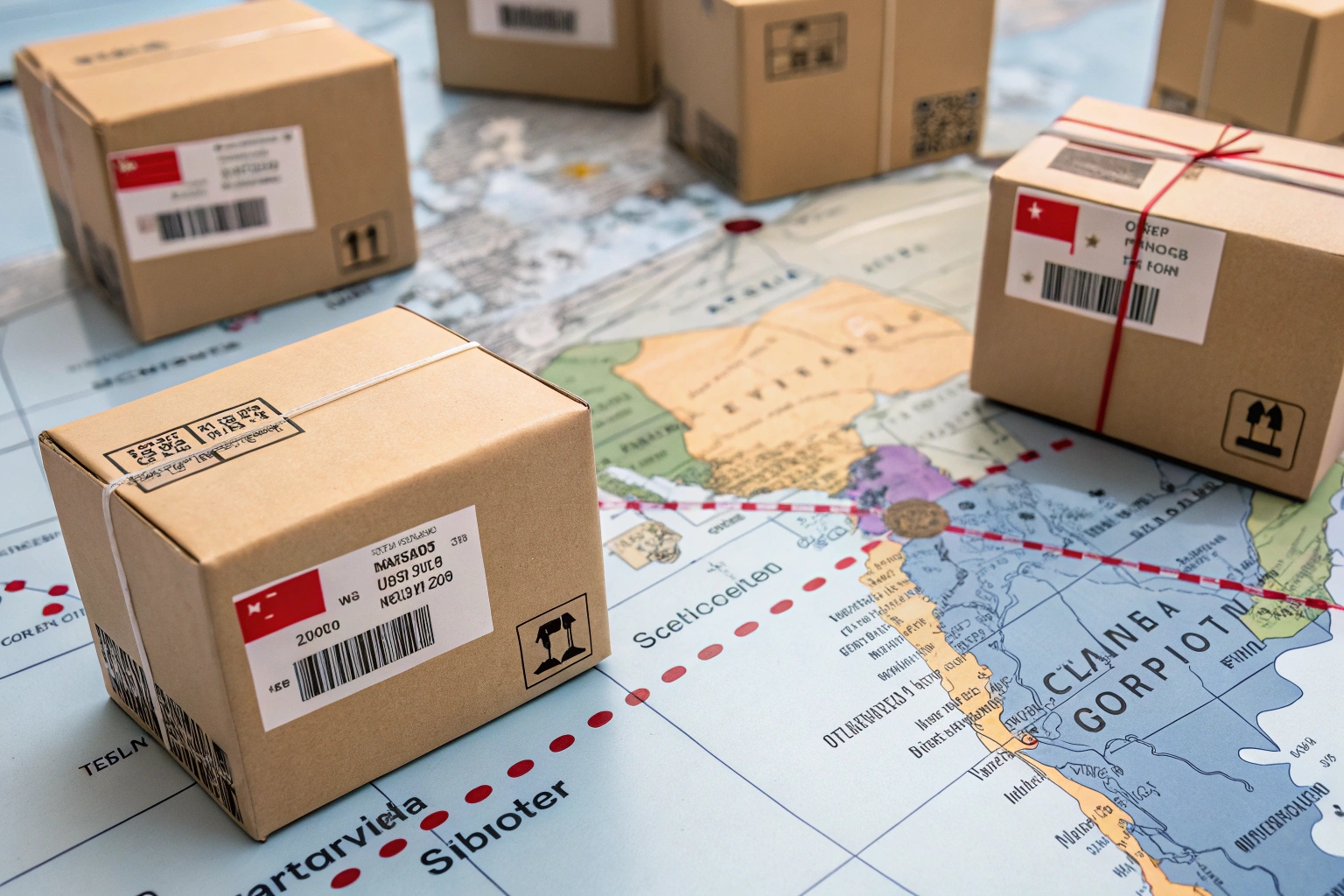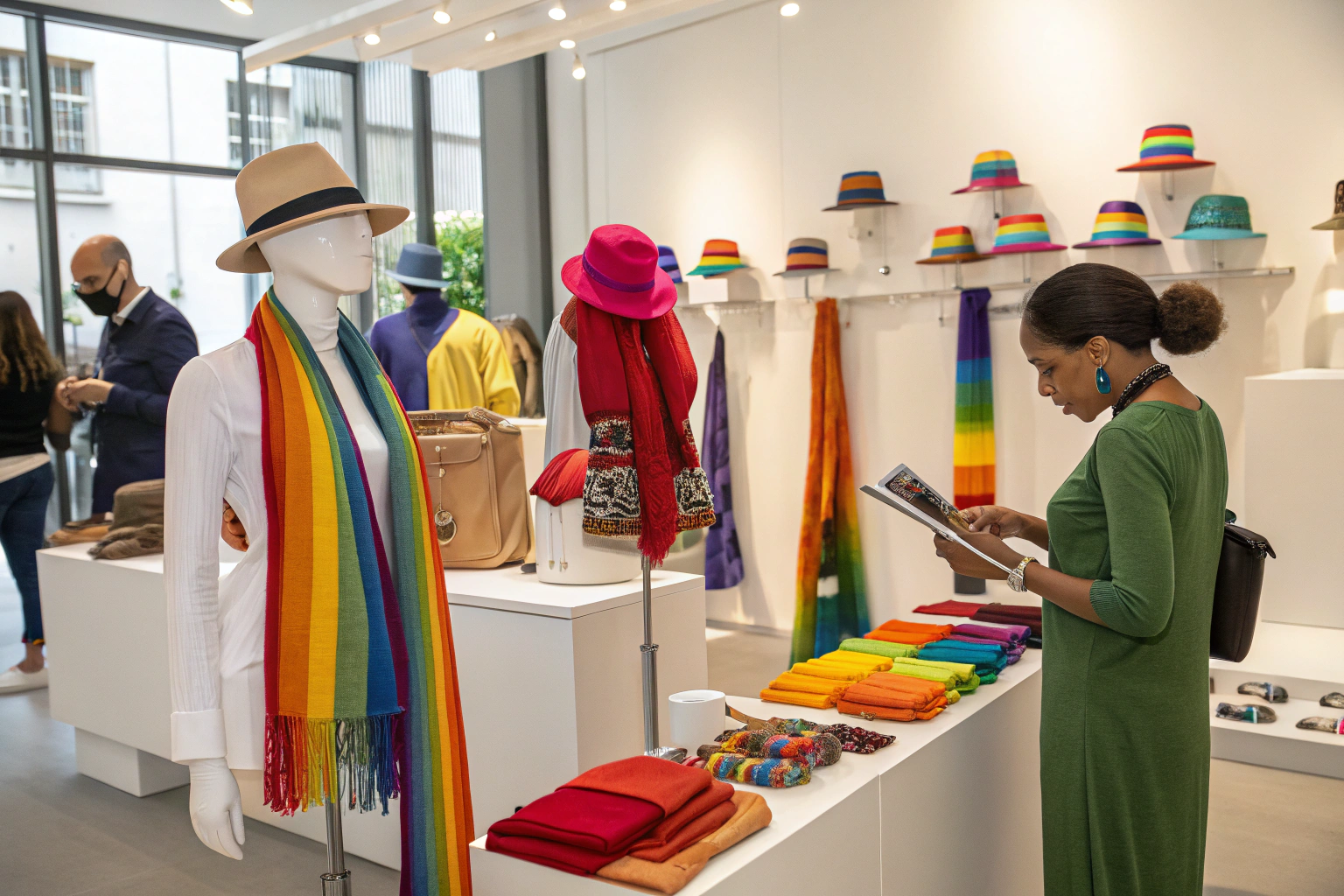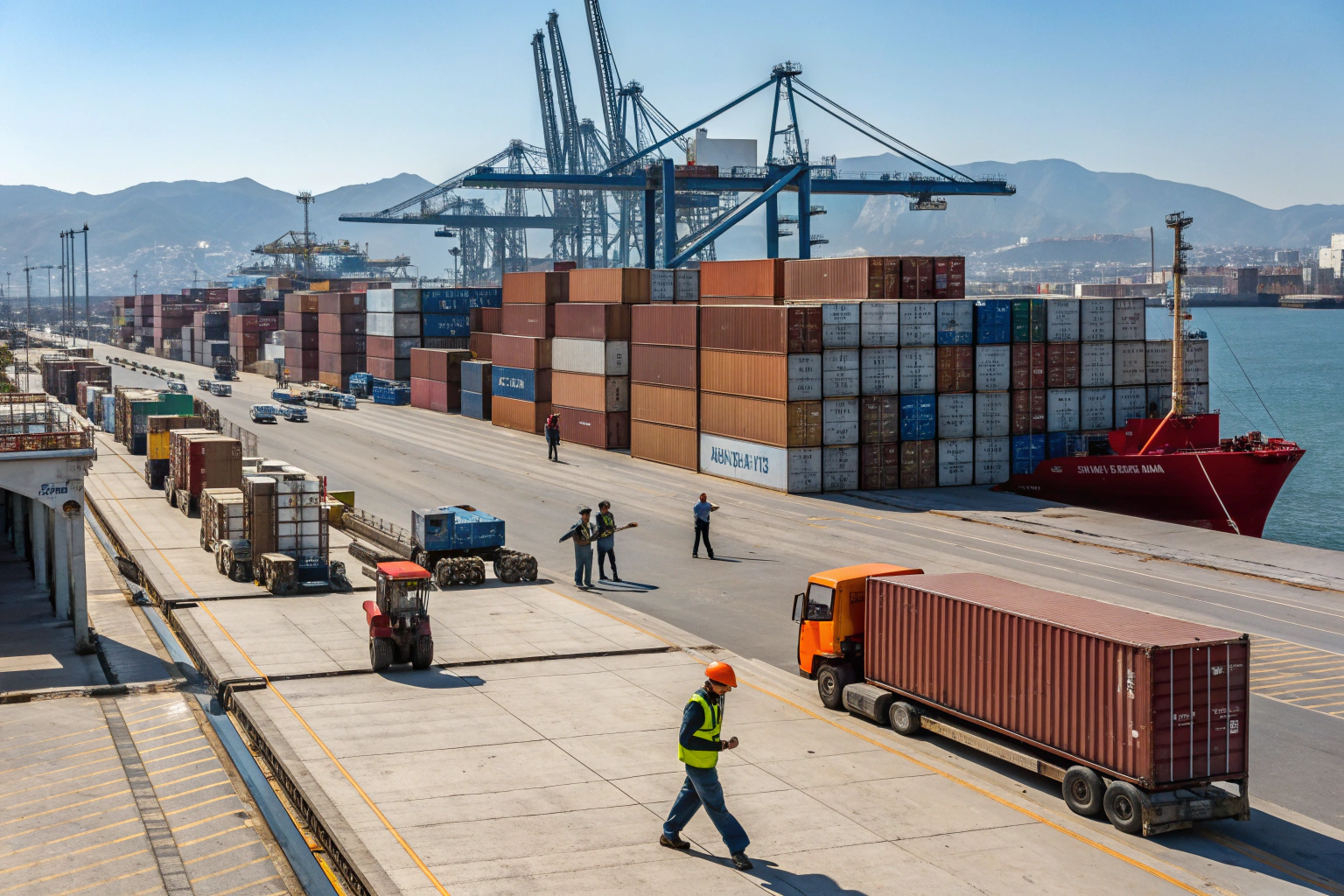As a fashion accessories brand expands, it often needs to ship products not just to one warehouse—but to many. Retailers with physical stores, e-commerce fulfillment centers, and regional hubs all require coordinated, accurate, and timely delivery.
If your factory cannot efficiently manage multi-destination shipments, you risk stockouts, delays, and extra handling costs.
At AceAccessory, we’ve helped clients ship everything from hairbands to gloves to over 20 different DCs across the U.S., Europe, and the Middle East—on tight timelines. Here’s how we do it, and how you can too.
How Should You Structure Your Purchase Orders for Multi-DC Shipping?
The first step to successful multi-DC shipping isn’t logistics—it’s paperwork. If your purchase order doesn’t clearly separate items by destination, your shipment is already in trouble.
A structured PO with detailed SKU allocation per distribution center avoids repacking mistakes and delays.

How Should You Format a Multi-DC PO?
Each PO must include:
- Breakdown by DC with address and contact
- SKU and quantity list per DC
- Labeling instructions (e.g., retail barcode vs internal reference)
- Carton count and weight estimates
For a practical template, SupplyChainBrain offers insights on PO structure.
Can You Use a Master PO With Sub-POs?
Yes. Many large retailers use a master PO with:
- Sub-POs by region or warehouse
- Linked SKU sheets for each destination
- Matching Advance Shipping Notices (ASNs)
Platforms like NetSuite allow PO automation to handle multiple DC flows.
What Packing and Labeling Practices Prevent Errors?
Even if your PO is perfect, poor packing and labeling will result in delays. Robotic and human-operated warehouses rely on accurate documentation and visible identifiers.
Packing by DC, labeling by SKU, and using compliant carton tags are essential for seamless reception.
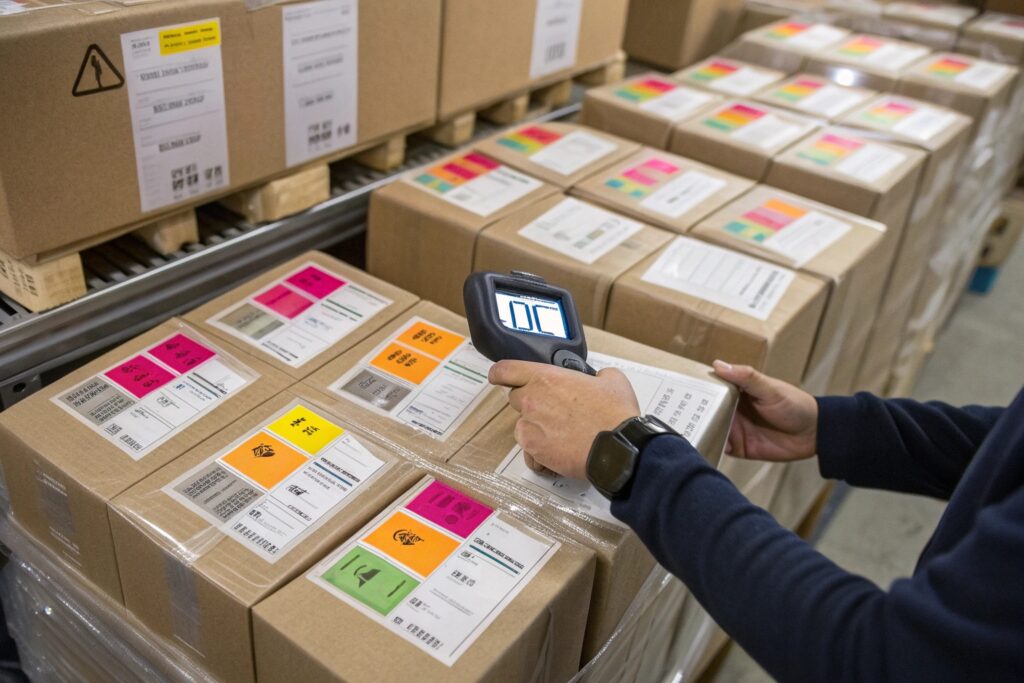
What Is DC-Specific Packing?
For each DC:
- Pack SKUs in cartons labeled “DC #X Only”
- Place carton-level packing list inside a pouch
- Assign carton count and gross/net weight
At AceAccessory, we generate per-DC carton manifests and use GS1-compliant labels on all export cartons.
What Labeling Tools Improve Accuracy?
Use:
- Barcode printers for shipping labels
- Color-coded tape or stickers to separate cartons
- Custom destination QR codes
You can learn more about DC labeling workflows on Zebra Technologies’ guide.
Which Shipping Strategies Work Best for Multi-DC Distribution?
Shipping to multiple destinations isn’t just about splitting boxes—it’s about choosing the right logistics model for your budget, timeline, and customer needs.
From bulk ocean containers to express courier, your fulfillment model should align with your product volume and DC network.
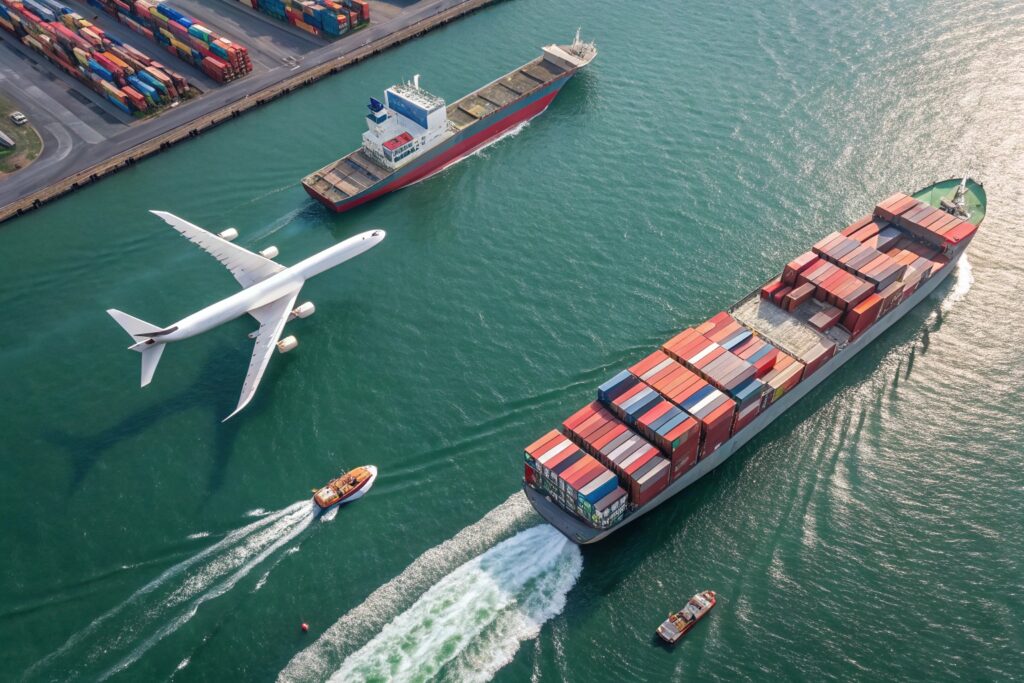
What Are Common Multi-DC Shipping Models?
| Method | Description | Best For |
|---|---|---|
| Direct-to-DC | Ship directly from factory to each DC | 4–10 DCs, larger volume per site |
| Central Import + Reship | Ship to 1 importer, then domestic reship | Lower MOQ per DC, more control |
| Transloading at Port | Containers split at port warehouse | U.S. retailers with 3+ coastal DCs |
Our DDP partners use transloading to unload from ocean freight and dispatch to multiple DCs via truck within 48 hours.
Which Carriers Are Reliable for Final-Mile Delivery?
We work with:
- FedEx Freight: For pallet delivery
- UPS SurePost: For DCs with limited dock hours
- Maersk’s Inland Services: For full-container inland routing
Read about optimized multi-node delivery in DHL’s whitepaper.
How Do You Maintain Visibility and Documentation Across All DCs?
When shipments are spread across multiple centers, tracking becomes more complex. Without centralized data, missed deliveries and reconciliation errors multiply.
That’s why digital traceability and real-time communication are critical for multi-DC success.
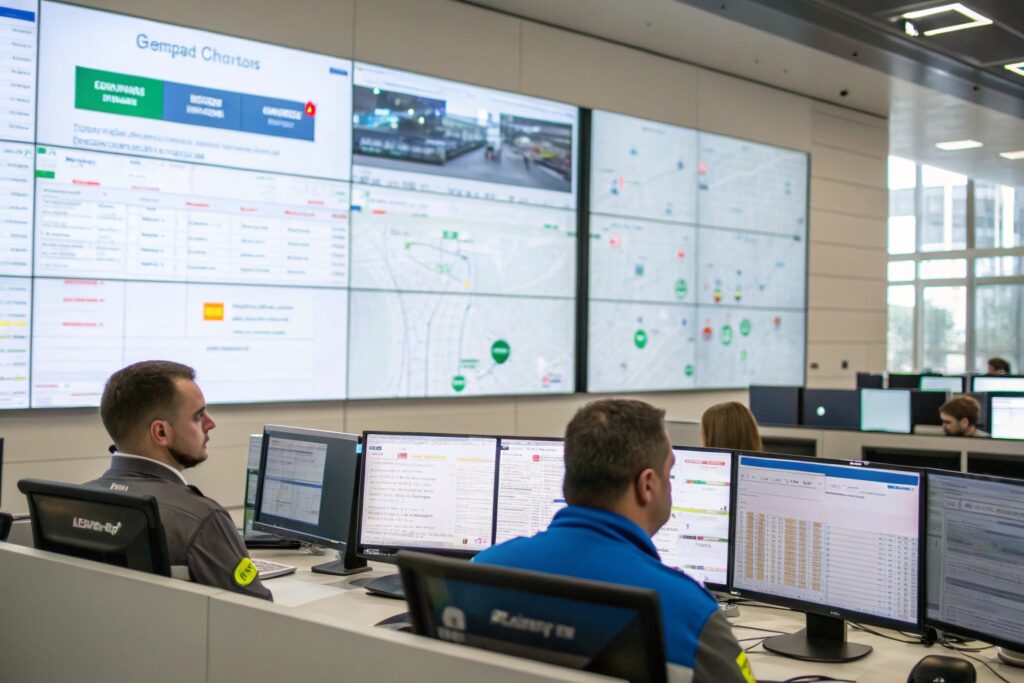
What Documentation Should Be Standard?
We provide:
- ASN files (Advance Shipping Notices) per DC
- Digital packing lists
- Photo proof of packing and labeling
- Customs documentation with DC identifiers
All data is stored and shared via platforms like Box or Google Drive.
How Can You Track Multiple Deliveries in Real Time?
We use:
- Carrier tracking integration (UPS, FedEx, ocean freight)
- Project dashboards on Trello or ClickUp
- Email/SMS alerts for each milestone: dispatched, customs cleared, delivered
Clients can request branded reports to share with internal teams and buyers.
Conclusion
Shipping accessories to multiple distribution centers doesn’t have to be a logistical nightmare. With the right PO structure, clear labeling, strategic shipping methods, and visibility tools, your global accessory brand can scale efficiently.
At AceAccessory, we manage multi-DC shipments every week—for clients from boutique startups to multinational retailers. Whether you’re distributing scarves to three warehouses or belts to twenty locations, we’ve got the systems, experience, and partners to make it work smoothly.

